
Postdoctoral Researcher Positions!
12.11.2025 13:23 — 👍 23 🔁 22 💬 1 📌 0@joshcjackson.bsky.social
Cultural evolution of the mind | Assistant Professor @ University of Chicago, Booth School of Business & Faculty Affiliate of UChicago Data Science Institute | He/his | https://joshuaconradjackson.com

Postdoctoral Researcher Positions!
12.11.2025 13:23 — 👍 23 🔁 22 💬 1 📌 0
Chart showing change in the use of online platforms. Over the past few years, four of them have grown in overall use among U.S. adults – TikTok, Instagram, WhatsApp and Reddit. TikTok: 37% of U.S. adults report using the platform, which is slightly up from last year and up from 21% in 2021. Instagram: Half of U.S. adults now report using it, which is on par with last year but up from 40% in 2021. WhatsApp and Reddit: About a third say they use WhatsApp, up from 23% in 2021. And 26% today report using Reddit, compared with 18% four years ago. While YouTube and Facebook continue to sit at the top, the shares of Americans who report using them have remained relatively stable in recent years.
UPDATE: Americans who use
YouTube 84%
Facebook 71%
Instagram 50%
TikTok 37%
WhatsApp 32%
Reddit 26%
Snapchat 25%
X (Twitter) 21%
Threads 8%
Bluesky 4%
Truth Social 3%
Full Pew Research Center report: https://www.pewresearch.org/internet/2025/11/20/americans-social-media-use-2025/


Americans are growing more socially isolated and politically divided.
Our new paper in Applied Network Science suggests these two forms of disconnection may be linked. People with denser, more connected social networks often feel less partisan animosity.
🧵
Only 2 days left to get your abstracts in!
14.11.2025 01:14 — 👍 11 🔁 7 💬 1 📌 0
Thank you to @joshcjackson.bsky.social and Dan Medvedev for a fascinating recent lab presentation on how attitudes toward the rich vary globally! Innovative methods and fascinating findings, all around. @robbwiller.bsky.social
11.11.2025 22:19 — 👍 6 🔁 3 💬 0 📌 0
What happens when we model the detective archetype at scale? 🕵️♂️📚
Our new paper, accepted for #CHR2025 combines literary history and computational modeling to trace how the figure of the detective evolves across 150 years of French fiction.
arxiv.org/pdf/2511.00627

And last but not least, Obshonka and colleagues find that Roman rule explains puzzling variation in modern well-being differences across Germany
Ancient Roman investment in infrastructure may explain why Southwestern Germans are so happy and healthy today
www.sciencedirect.com/science/arti...

Masui and Miyamoto next map out trends in collective emotions in Japanese songs, finding a rise in anxiety from 1970 to 2019 but a decline in sadness
www.sciencedirect.com/science/arti...
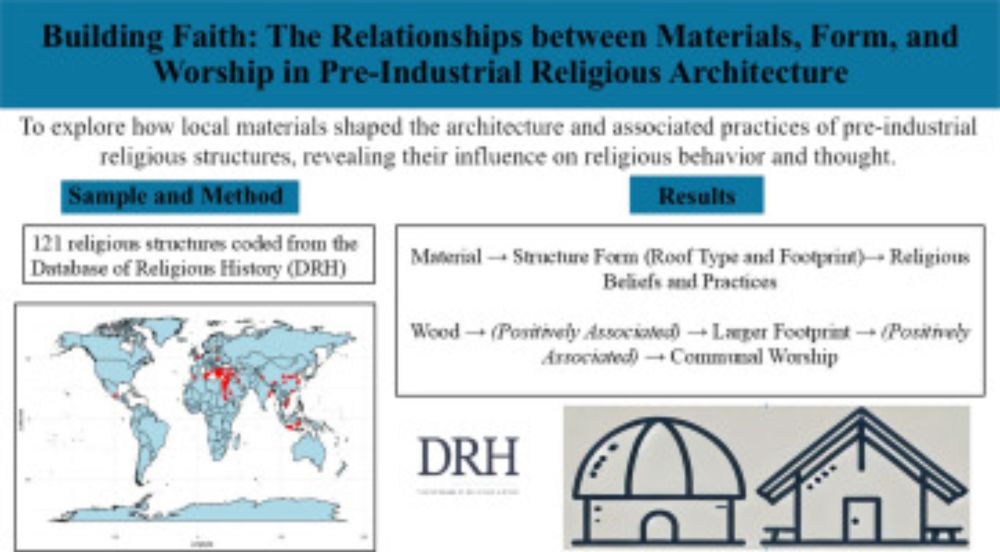
Kaur, Watts and Halberstadt posit a provocative hypothesis that the availability of local materials (e.g., clay versus rock) may have shaped the historical development of god concepts, with preliminary evidence from the database of religious history
www.sciencedirect.com/science/arti...

Samani and Baumard map out trends in Romantic love in Persian literature from 10th century to 20th century CE. They find an increasing emphasis on romantic love over time, particularly during the Safavid era. This may reveal a link w economic development
www.sciencedirect.com/science/arti...

Fan and Baumard reveal new evidence of rising individualism over history, which suggests that wealth rather than Protestantism contributed to individualism
www.sciencedirect.com/science/arti...
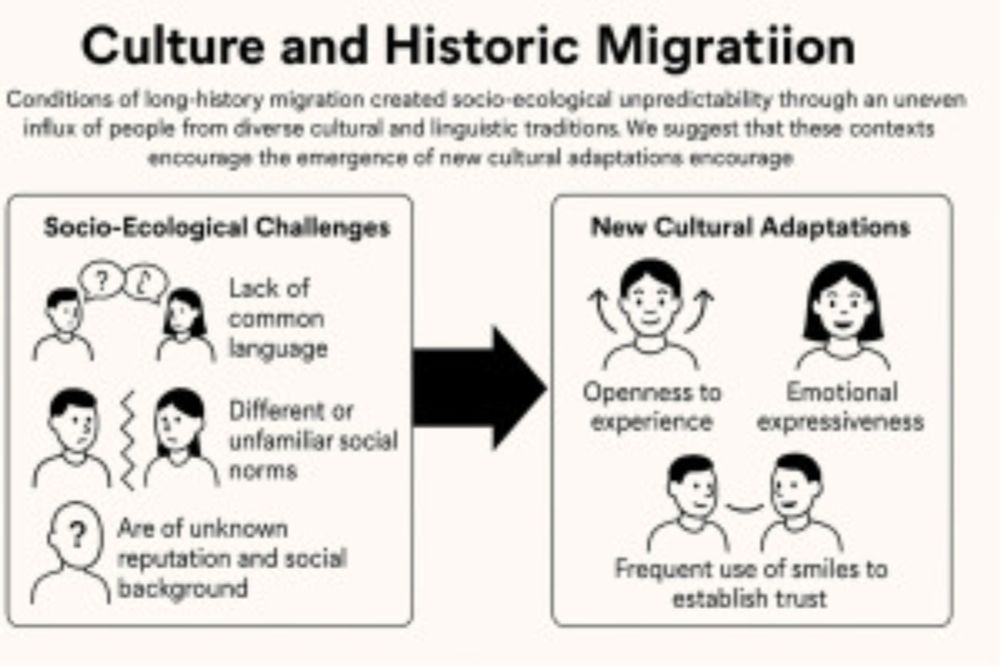
Niedenthal and Wohltjen review the varied emotional and personality adaptations to historical heterogeneity, synthesizing evidence from multiple fields
www.sciencedirect.com/science/arti...

McClain and Kenny dig into the history of collectivism in Japan, conducting a pre-registered analysis of self-reported collectivism and tightness in the Japanese social survey and linking responses to historical subsistence patterns across Japan
www.sciencedirect.com/science/arti...
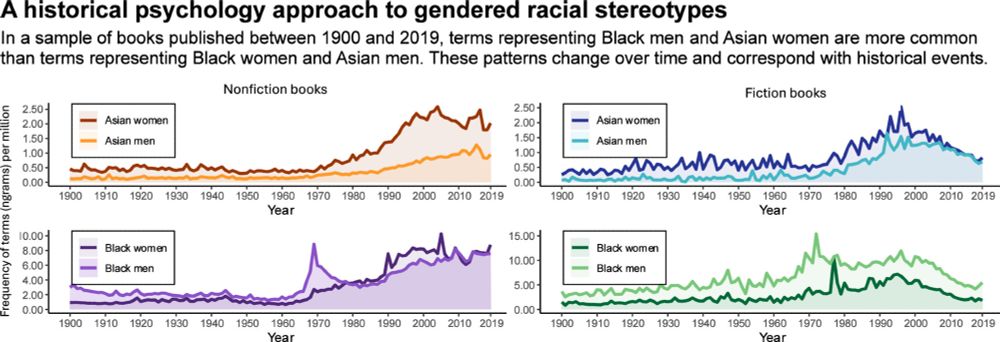
@joannaschug.bsky.social leads a paper on gendered racial stereotypes. They show that the civil rights movement coincided with a rise in language about black men, but not black women
www.sciencedirect.com/science/arti...

@mohammadatari.bsky.social and I begin with an editorial reflecting on the origins, current trends, and future of historical psych
The future requires strong causal identification and theorizing about how institutions can cement or change historical trends
www.sciencedirect.com/science/arti...

Our "Historical Psychology" special issue is now out in CRESP!
www.sciencedirect.com/special-issu...
Co-edited with @mohammadatari.bsky.social and featuring historical perspectives on love, racial identity, emotion expression, well-being, collectivism, religion, and more!
Brief 🧵

iconic scene from Grey's Anatomy. Meredith Grey in scrub telling Derek "so pick me, choose me, love me"
On election day, I wanna announce that I am recruiting social psych PhD students for my lab at UIC. My lab focuses on racial identities (esp Asian, Latino, MENA Americans) and intra-minority conflict/ coalition. So please tell your students to pick me! All details on my website: www.pbandjlab.com
04.11.2025 15:17 — 👍 48 🔁 35 💬 1 📌 1This thicc 71-chapter book (academic.oup.com/edited-volum...) arrived just in time to use as the textbook for my new "Cultural Evolution" class I've just started teaching!
Featuring this chapter from @cailinmeister.bsky.social @psmaldino.bsky.social & Jingyi Wu as well as much more including...

Adam Smith wrongly predicts that celebrity wages will drop once people begin to like celebrities
(Wealth of Nations was published in 1776)

How do humans keep inventing tools and technologies that no single person could create alone?
Our new preprint, led by
@anilyaman.bsky.social & @ts-brain.bsky.social
shows that semantic knowledge guides innovation and drives cultural evolution. 🧠📘 arxiv.org/abs/2510.12837
Only two days left to apply!
21.10.2025 12:06 — 👍 3 🔁 2 💬 0 📌 0Has anything great happened in your life because of social media?
08.10.2025 04:43 — 👍 976 🔁 92 💬 836 📌 4211You can submit applications here: spsp.wufoo.com/forms/2026-p...
Please share with any students/colleagues who are not on bluesky but have relevant work!

🚨Historical Psych Pre-Conference🚨
We have a great lineup of speakers for the #SPSP2026 edition!
Submit your poster or data blitz abstract by Oct. 23 (link below!). Open to folks from any career stage
Any research on psychological change or historical context of social psych is welcome!
We're accepting poster & data blitz abstract submissions from all career stages. If your work is broadly related to morality, you should apply! We welcome a wide range of topics and approaches.
Submit here: spsp.wufoo.com/forms/2026-p...
Deadline to submit an abstract: Oct. 23.
@elijfinkel.bsky.social
& I are recruiting a postdoc in the #LitowitzCenter for Enlightened Disagreement at Northwestern University. We seek research excellence regarding navigating conflict.
Application deadline: Nov. 17.
Salary: ~$80k.
facultyrecruiting.northwestern.edu/apply/MjQzNw==
I am happy to announce that our project on risk and social learning is now in press at Psychological Review. Several new additions and revisions thanks to detailed feedback from colleagues and anonymous reviewers. osf.io/preprints/so...
@psmaldino.bsky.social @babeheim.bsky.social
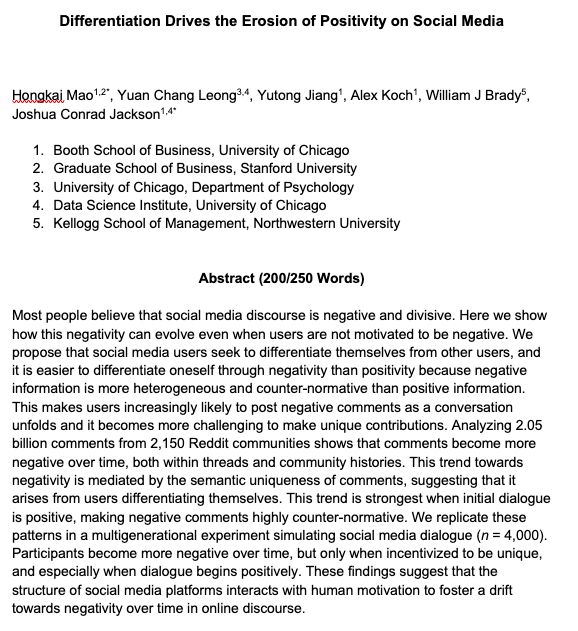
Check out the whole paper for many more findings, robustness checks, and to see the work of a rising 💫 @hongkai1.bsky.social
26.09.2025 20:30 — 👍 2 🔁 1 💬 0 📌 0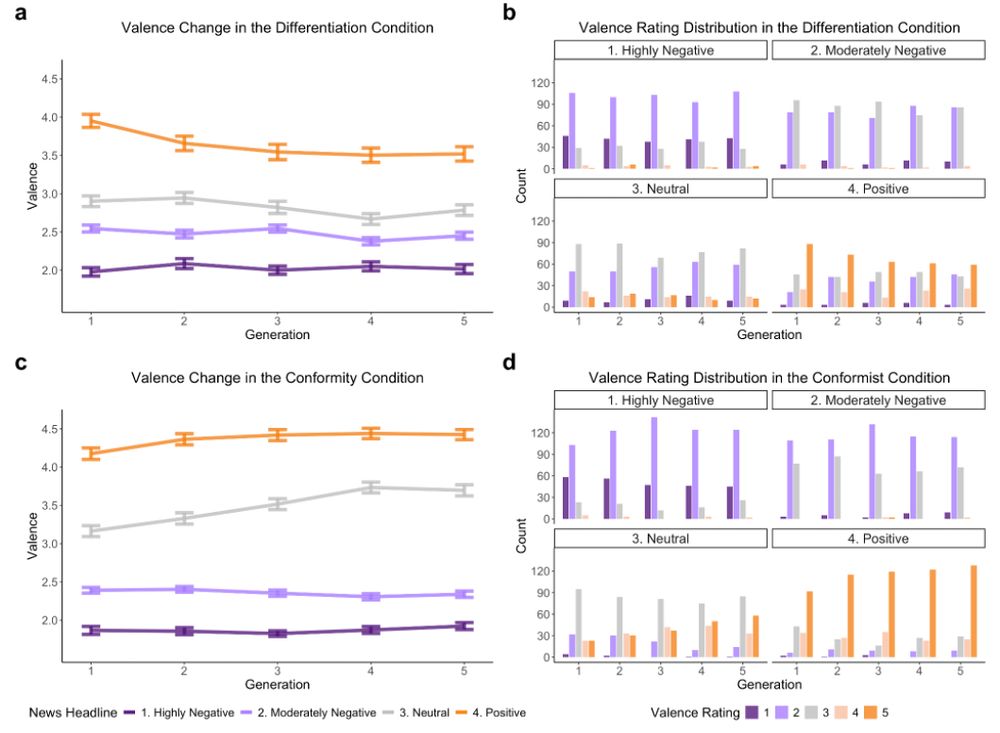
Coolest evidence for differentiation as a cause might be an experiment (n=4000) simulating a comment thread
Incentivizing comment uniqueness (but not conformity) leads negative discourse to rise over time
Coauthored w @williambrady.bsky.social, @ycleong.bsky.social, Yutong Jiang, and Alex Koch

🚨New preprint🚨
osf.io/preprints/ps...
In a sample of ~2 billion comments, social media discourse becomes more negative over time
Archival and experimental findings suggest this is a byproduct of people trying to differentiate themselves
Led by @hongkai1.bsky.social in his 1st year (!) of his PhD